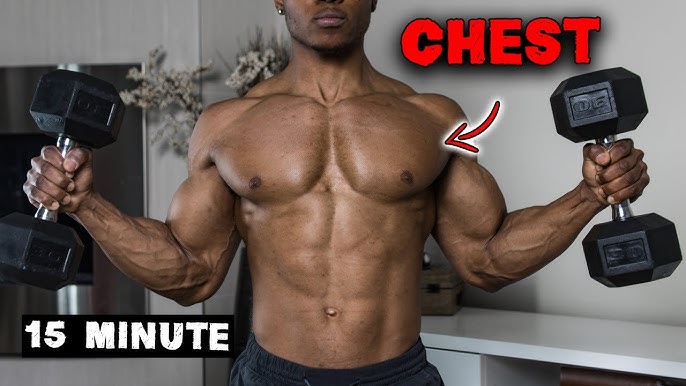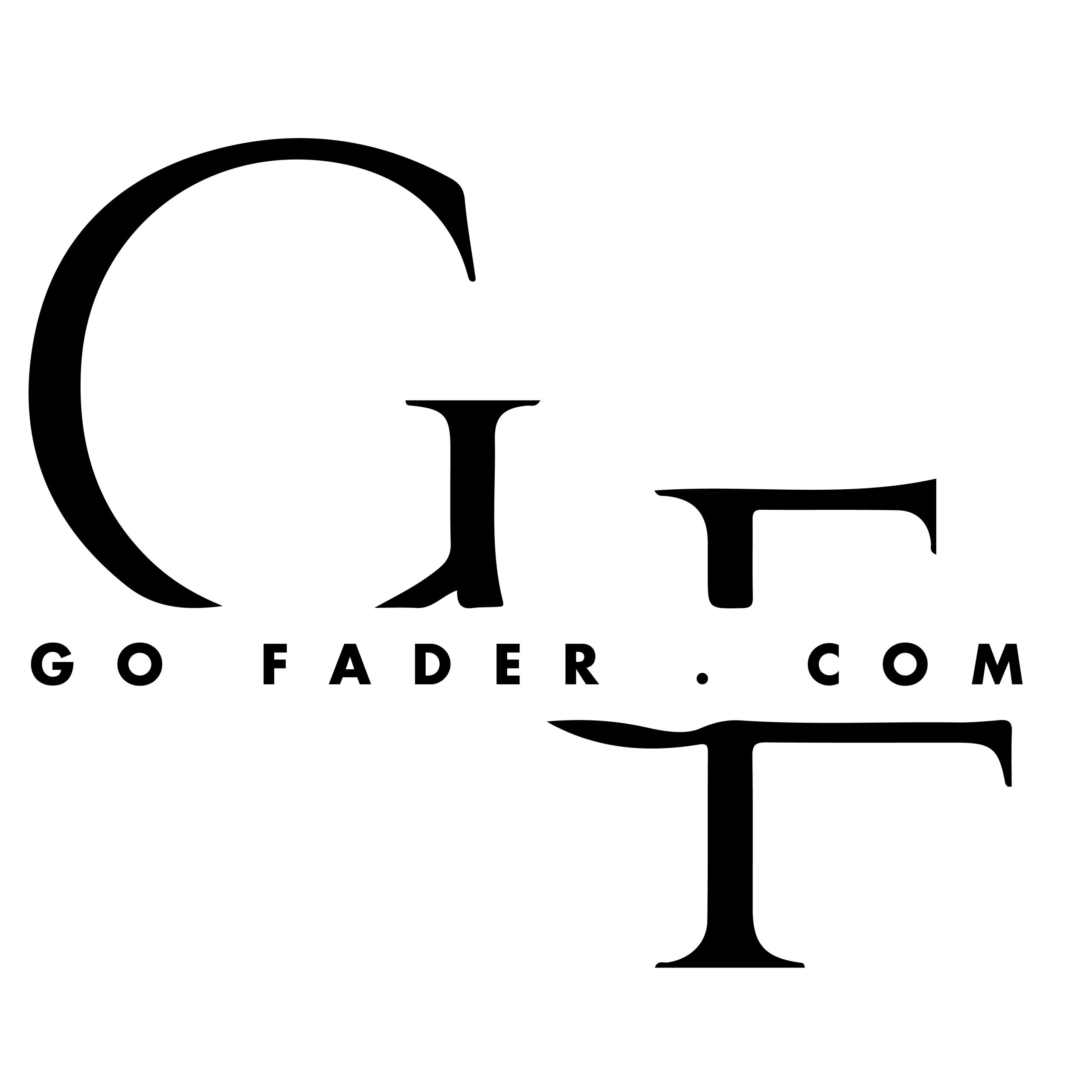Whether in a small apartment or a spacious home gym, achieving a powerful chest is more accessible than most people think. Scaling back to the basics with just a pair of dumbbells can indeed yield impressive strength gains. The versatility and effectiveness of dumbbell exercises not only target the chest but also engage supporting muscle groups for a comprehensive workout.
Dumbbell workouts for chest strength have evolved over the decades, integrating scientific advancements with traditional techniques. A study revealed that weighted resistance training, particularly using dumbbells, can increase chest muscle activation by up to 45% compared to machine exercises. This efficient method keeps experts and enthusiasts continually opting for home workouts to maximize muscle hypertrophy and strength.

Benefits of Chest Dumbbell Workouts
Chest dumbbell workouts can be incredibly effective for building strength. They allow for a greater range of motion compared to traditional weight machines. This means you can target more muscle fibers and promote more balanced growth.
Another benefit is flexibility in workout locations. You can perform dumbbell exercises at home, in the gym, or even outdoors. This convenience helps maintain a consistent workout routine.
Dumbbell workouts also help improve muscle coordination. Unlike machines that guide your movements, dumbbells require you to stabilize the weight. This engages smaller, supporting muscles around your chest.
Lastly, dumbbell workouts can be easily adjusted to suit any fitness level. You can start with lighter weights and gradually increase them as you get stronger. This makes dumbbell workouts a great choice for both beginners and advanced athletes.
Anatomy of a Powerful Chest
Understanding the anatomy of your chest muscles can help you target them more effectively. The chest is mainly composed of the pectoralis major and pectoralis minor muscles. Each part of the pectorals plays a specific role in various movements and exercises.
Pectoralis Major
The pectoralis major is the larger and most visible chest muscle. This muscle assists in movements like pushing and lifting. It has two main parts: the clavicular head (upper chest) and the sternal head (mid and lower chest).
The clavicular head helps in activities that involve pushing upwards. This part is often targeted with exercises like incline dumbbell press. For a well-rounded chest, focusing on this area is crucial.
The sternal head is responsible for movements such as pushing forward. This part is commonly engaged during flat or decline chest presses. Balancing exercises between the upper and lower parts ensures even muscle growth.
Pectoralis Minor
The pectoralis minor is a smaller muscle located underneath the pectoralis major. Despite its size, it plays a vital role in stabilizing the shoulder. This muscle contributes to the overall strength and functionality of the chest.
Working the pectoralis minor might seem less critical, but it provides essential support. Exercises like chest dips can effectively engage this muscle. Strengthening this muscle can improve your lifting power.
This muscle also assists in raising the ribs during activities like heavy breathing. Keeping it strong helps in maintaining good posture and overall upper body stability. Neglecting this muscle can lead to imbalances.
Supporting Muscles
Several smaller muscles work in tandem with the chest muscles. The serratus anterior, located along the side of the chest, aids in shoulder movements. Strengthening this muscle enhances push and reach activities.
The deltoids, particularly the anterior deltoid, also support chest workouts. They assist in lifting and pushing motions, working closely with the pectorals. A balanced workout should include exercises targeting these supporting muscles.
Finally, the triceps are heavily engaged during most chest exercises. Their role in pushing movements makes them crucial for a powerful chest workout. Ensuring these muscles are strong will improve your overall chest strength.
Key Dumbbell Exercises for Chest Strength
Dumbbell exercises are essential for developing a strong chest. One of the most effective exercises is the flat dumbbell bench press. This targets the pectoralis major, providing significant strength gains.
The incline dumbbell press focuses on the upper part of the chest. This exercise is great for creating a well-rounded chest. Perform this at a 30-45 degree incline for best results.
The dumbbell fly is another key exercise. By extending your arms wide and squeezing your chest back together, you hit the chest from a different angle. This helps in achieving muscle hypertrophy.
Lastly, the decline dumbbell press targets the lower chest area. This exercise ensures that no part of your chest is left underdeveloped. Balance in chest workouts is crucial for overall strength and aesthetics.
Creating an Efficient Home Chest Workout Routine
Creating an efficient chest workout at home requires a mix of key exercises. Start with a warm-up to prepare your muscles. Simple movements like arm circles and light stretching are effective.
Combine exercises targeting different parts of the chest for a balanced routine. Include the flat dumbbell press to work the entire chest. Follow this with the incline dumbbell press for upper chest development.
Next, add the dumbbell fly to focus on the inner chest. Alternating between push and fly movements ensures a comprehensive workout. This helps in muscle growth and definition.
Incorporate decline dumbbell presses to target the lower chest. Ensuring you train all parts of the chest is crucial. A balanced program will yield better results.
Lastly, ensure to include a cool-down phase. Light stretching and deep breathing help relax the muscles. Cooling down prevents stiffness and enhances recovery.
Consistency is key to any workout routine. Aim to perform your chest workout 2-3 times a week. This frequency allows for muscle recovery and optimal growth.
Safety Precautions for Home Dumbbell Workouts
Safety should always be a top priority during home dumbbell workouts. Start with a proper warm-up to prepare your muscles and joints. Light cardio or dynamic stretches can help.
Use the correct form and technique for each exercise. Incorrect form can lead to injuries and reduce the effectiveness of your workout. Consider watching instructional videos or consulting a fitness professional to learn proper techniques.
Always choose a weight that you can handle comfortably. Lifting too heavy can strain your muscles and increase the risk of injury. As you get stronger, gradually increase the weight.
Make sure your workout space is clear of obstacles. A clutter-free area reduces the likelihood of tripping or dropping weights. Safety involves having enough room to move freely.
It’s also important to listen to your body. If you feel pain or discomfort during an exercise, stop immediately. Ignoring pain can lead to serious injuries.
Finally, always cool down after your workout. Light stretching helps to relax the muscles and promote recovery. Cooling down can prevent stiffness and soreness.
Importance of Nutrition in Building Chest Strength
Nutrition plays a crucial role in building chest strength. Protein is essential for muscle repair and growth. Include sources like chicken, fish, eggs, and legumes in your diet.
Carbohydrates provide the energy needed for intense workouts. Choose complex carbs like whole grains, fruits, and vegetables. These foods fuel your body and support muscle recovery.
Don’t forget about healthy fats. Foods like avocados, nuts, and olive oil offer necessary nutrients and help reduce inflammation. Balanced fats contribute to overall health.
Staying hydrated is vital. Water supports all bodily functions, including muscle performance. Aim to drink enough water throughout the day, especially before and after workouts.
Consider timing your meals for optimal results. Eating a balanced meal with protein and carbs within an hour after your workout can enhance muscle recovery. Nutrient timing maximizes your workout efforts.
Vitamins and minerals can’t be overlooked. Nutrients like vitamin D, calcium, and magnesium play roles in muscle function and strength. A varied diet ensures you get a broad spectrum of these important nutrients.
Key Takeaways
- Flat dumbbell bench presses target the overall chest area.
- Incline dumbbell presses focus on the upper chest muscles.
- Dumbbell flies help in chest expansion and definition.
- Decline dumbbell presses work the lower chest area.
- Proper form, rest, and nutrition enhance your workout results.

Frequently Asked Questions
Discover answers to common questions about effective chest dumbbell workouts. Learn how to maximize your workouts while staying safe and gaining strength.
1. What are the benefits of using dumbbells for chest exercises?
Dumbbells allow a greater range of motion, targeting more muscle fibers than machines. This helps in achieving balanced muscle growth and improved overall chest strength.
Additionally, using dumbbells improves muscle coordination since you must stabilize the weights yourself. This engages smaller, supporting muscles, enhancing your overall upper body strength.
2. How often should I do chest dumbbell workouts at home?
Aim to perform chest workouts two to three times a week for optimal results. This frequency allows your muscles adequate recovery time between sessions.
Consistency is crucial; make sure not to skip workouts. Incorporating rest days ensures muscle repair and growth, leading to better long-term results.
3. What weights should beginners use for chest dumbbell exercises?
Beginners should start with lighter weights that they can comfortably handle— typically between 5-15 pounds per dumbbell. It’s essential to focus on proper form before increasing the weight gradually.
This approach minimizes the risk of injury while enabling steady progress over time. As your strength improves, slowly increase the weight without compromising form.
4. Can I achieve significant muscle growth with just chest dumbbell workouts?
Yes, you can achieve significant muscle growth using only dumbbells by focusing on various exercises like presses and flies that target different parts of your chest muscles.
The key is consistency and progressive overload—gradually increasing weights as you get stronger will boost muscle hypertrophy effectively.
5. How important is nutrition in building chest strength with dumbbells?
Nutrition is critical as it fuels your workouts and aids in muscle recovery and growth. Consuming adequate protein supports muscle repair post-exercise.
You also need sufficient carbohydrates for energy and healthy fats for overall wellness.
Balanced meals complement your workout efforts, maximizing gains from each session.

Conclusion
Incorporating chest dumbbell workouts into your fitness routine can significantly boost your strength and muscle definition. By focusing on proper form and gradually increasing the weight, you can target all areas of the chest effectively. Remember, consistency and balanced nutrition play pivotal roles in achieving your goals.
Adapting these exercises for home workouts makes it convenient to stay fit without needing a gym membership. The key is to stay committed, follow safety precautions, and listen to your body. With the right approach, a strong and well-defined chest is within your reach.
